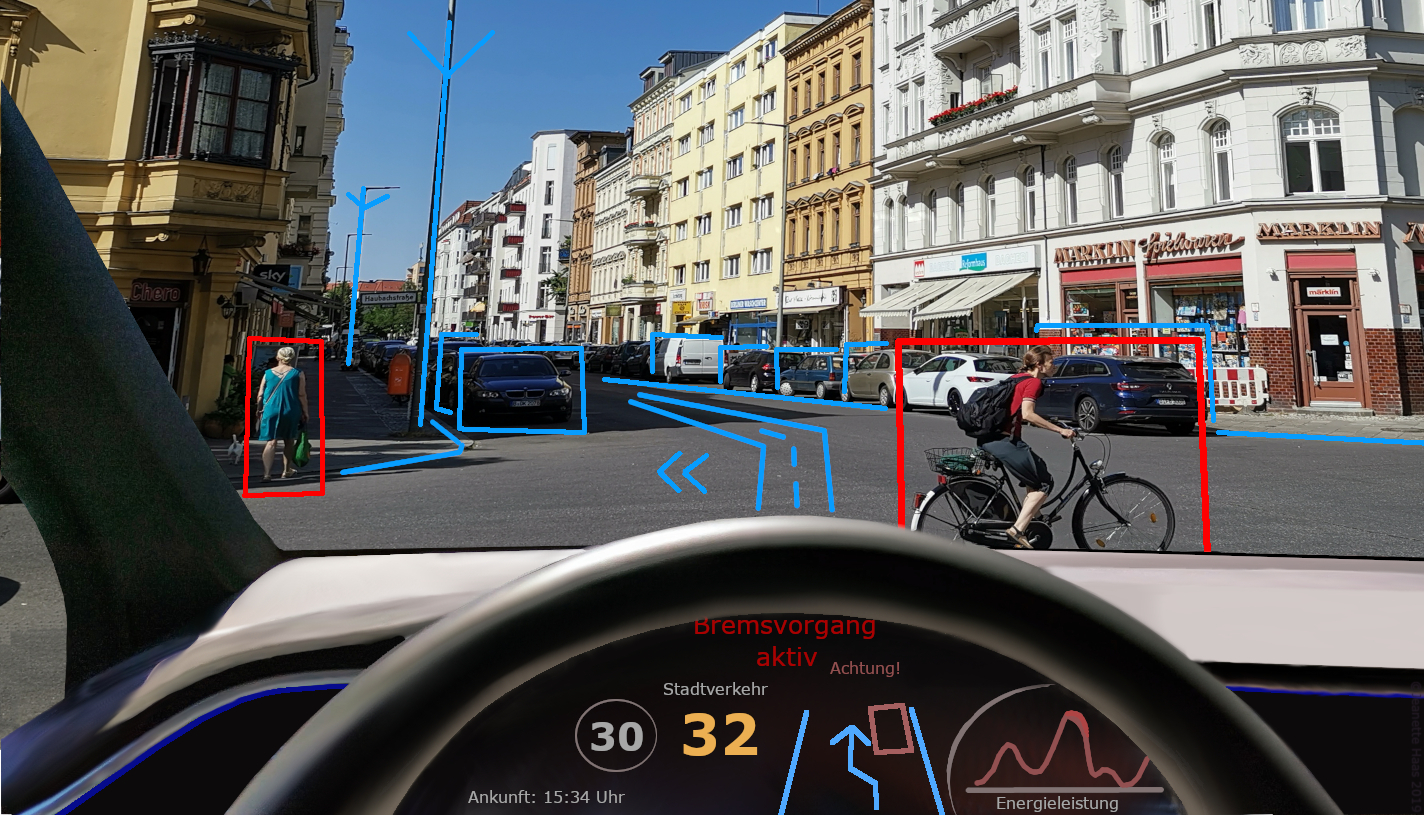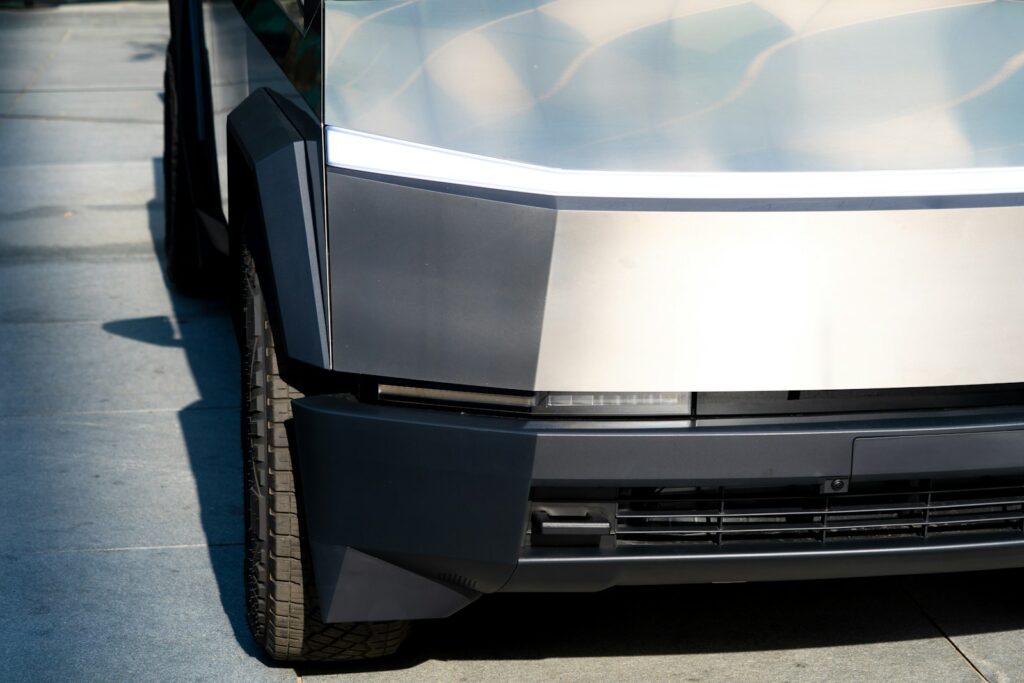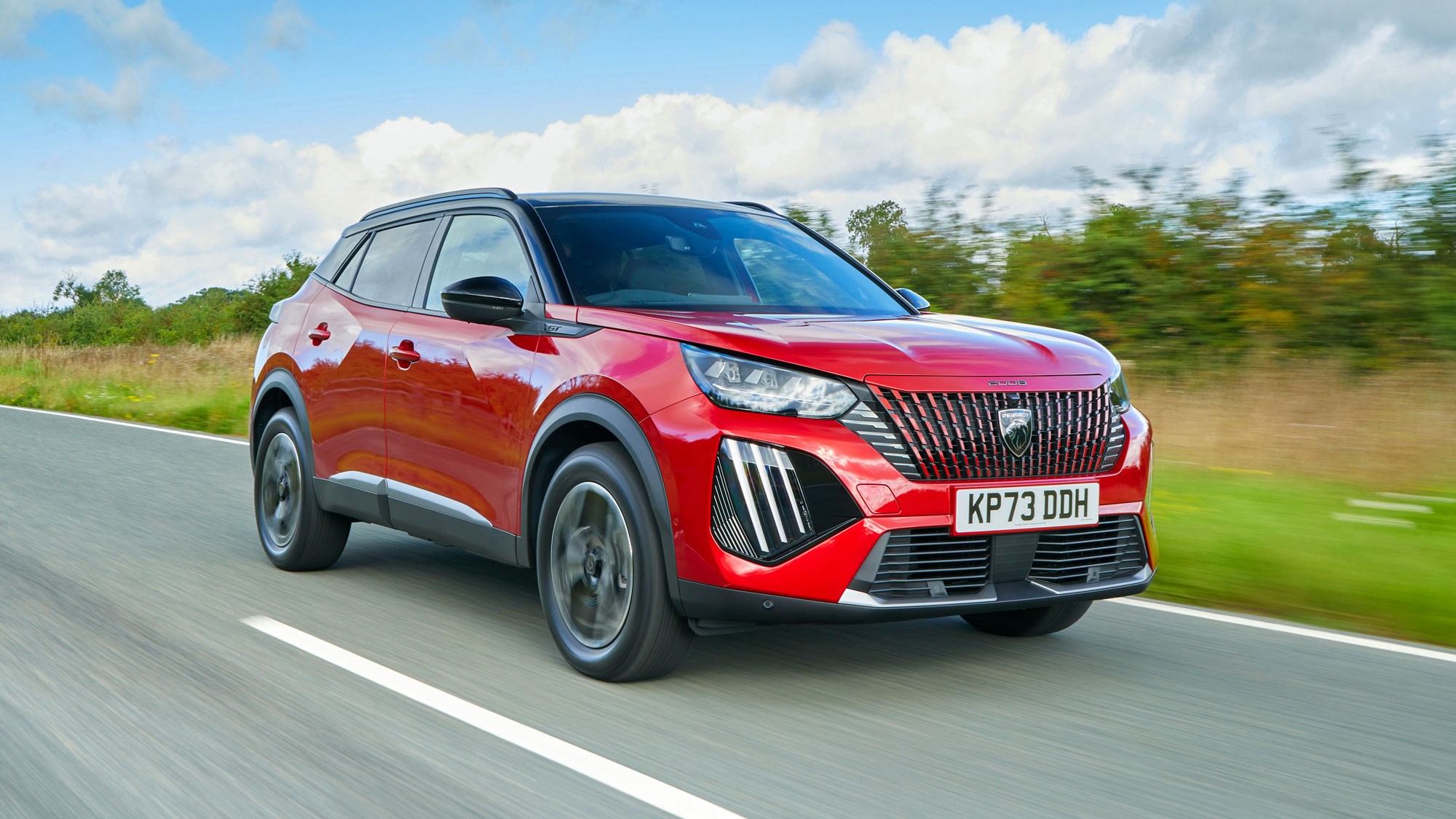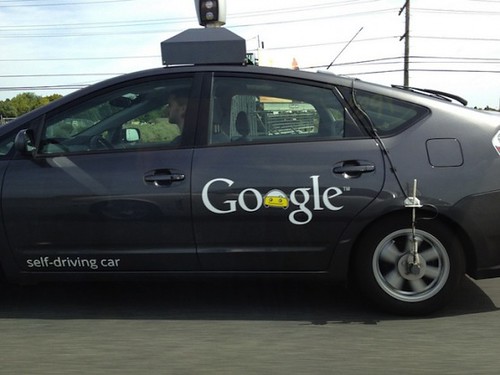
Self-driving cars have been positioned as the inevitable future, promising enhanced safety, efficiency, and convenience. From Google’s Waymo to Tesla’s Autopilot, the narrative suggests a radical overhaul of transportation, freeing us from traffic and human error. Yet, beneath this optimistic outlook, complex challenges persist, raising critical questions about whether this autonomous dream will ever truly materialize.
Despite significant technological strides, the path to widespread self-driving car acceptance is fraught with formidable obstacles. Experts and skeptics argue that fundamental flaws, regulatory vacuums, economic quandaries, and human factors will prove insurmountable for universal adoption. This isn’t just about refining tech; it’s about confronting human unpredictability, ethical dilemmas, and the sheer complexity of real-world environments.
This exploration will dissect why the promise of self-driving cars outpaces capabilities, critically examining unresolved issues that threaten to relegate them to a niche market. We delve into profound technological, infrastructure, and public perception challenges, revealing why the “Holy Grail of autonomy” remains an elusive target for even the most advanced systems today. Our journey highlights the critical thinking required to truly understand automated transportation’s future.
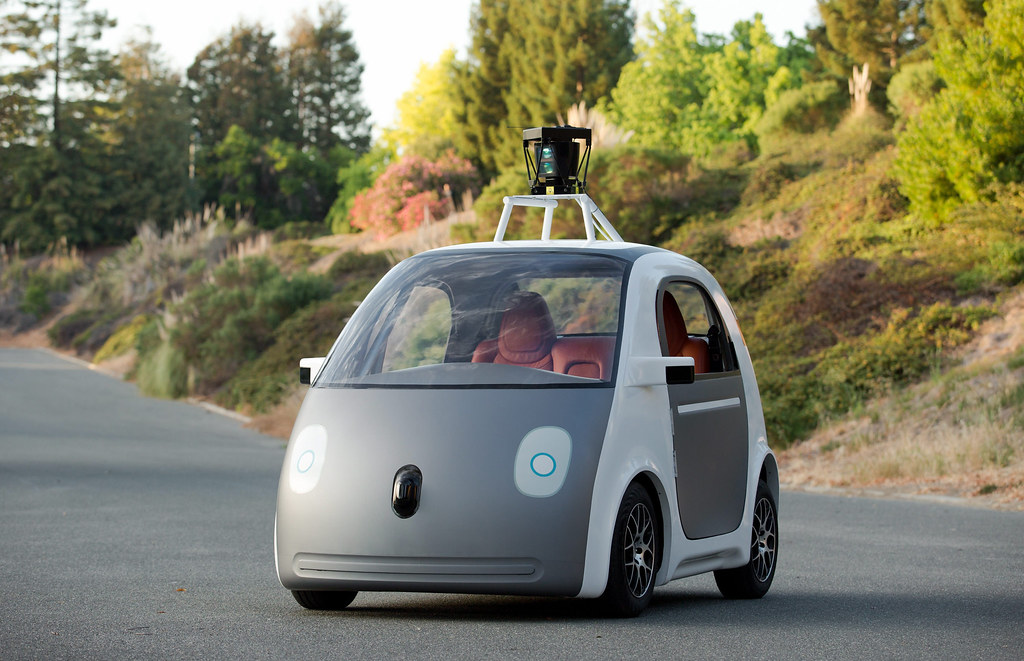
1. **Sensor Limitations and Environmental Vulnerabilities**One of the most immediate technological barriers to universal self-driving car adoption lies in the inherent limitations of their sensory arrays. Autonomous vehicles rely heavily on an intricate network of cameras, radar, and LiDAR to perceive their surroundings. While advanced, each technology carries significant vulnerabilities, compromising reliable operation in diverse, real-world conditions.
Cameras, essential for seeing signs and markings, perform poorly in challenging environmental conditions that humans handle easily. Low-light, heavy rain, fog, or snow can severely obscure camera vision, leading to misinterpretations or loss of critical information. This susceptibility to weather makes widespread deployment in varied climates difficult and risky.
LiDAR, providing precise spatial measurements, is prohibitively expensive, increasing vehicle costs. It also struggles in cluttered urban environments or adverse atmospheric conditions. Radar, though resilient, has lower resolution. Integrating these disparate, flawed sensor inputs into a reliable, all-weather system remains a monumental challenge for ubiquitous autonomous operation.
Read more about: Your Essential AI Playbook: 15 Rules for Navigating ChatGPT Safely and Smartly
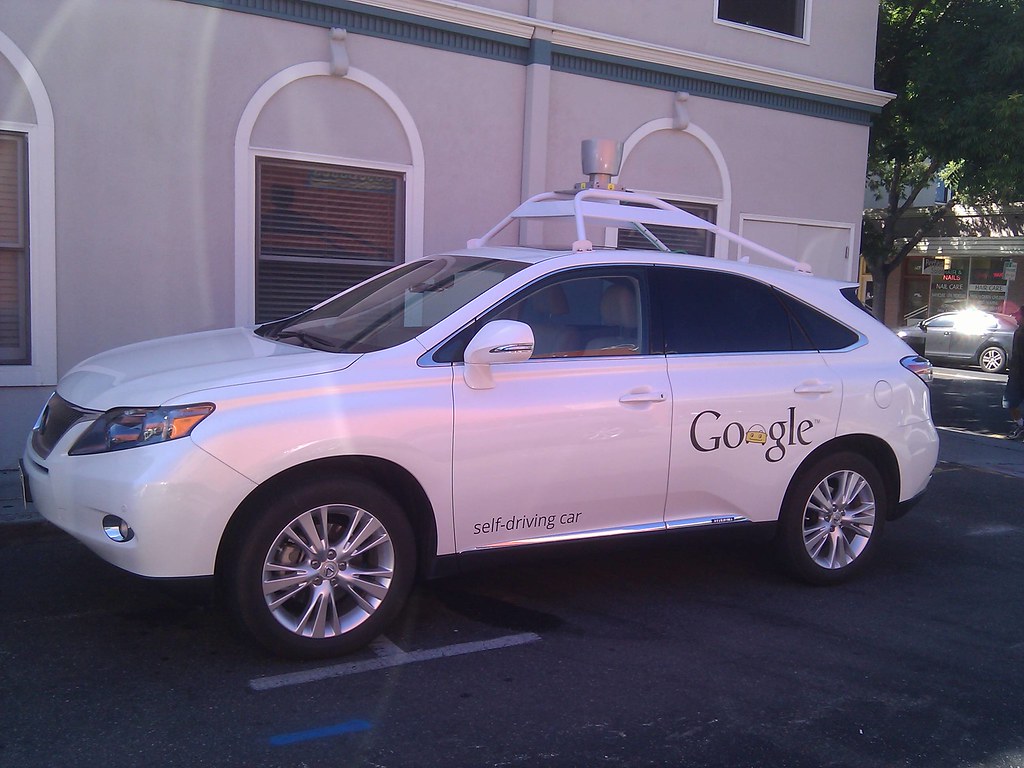
2. **Decision-Making and Ethical Dilemmas**Perhaps the most unsettling challenge for self-driving cars transcends engineering, venturing into ethics and morality. How should a machine make life-or-death decisions in unavoidable accident scenarios? Unlike human drivers, who draw upon experience and intuition, self-driving algorithms operate based on pre-programmed logic, creating profound moral dilemmas.
Consider an unavoidable collision where the car’s programming must choose between endangering passengers or hitting a pedestrian. This “trolley problem” lacks a universal ethical standard. “Programming a self-driving car to navigate these challenges ethically remains a significant hurdle,” potentially leading to unpredictable outcomes.
The implications extend beyond accidents, touching upon societal norms and legal precedents. Who is responsible when an autonomous vehicle, following its ethical framework, causes harm? The current insurance model, premised on human responsibility, becomes convoluted. Until these complex ethical and legal questions are resolved, widespread deployment will face profound societal and philosophical resistance.
Read more about: Unpacking the Code: The 15 Most Controversial Hiring Practices Shaking Up Major Tech Companies Today
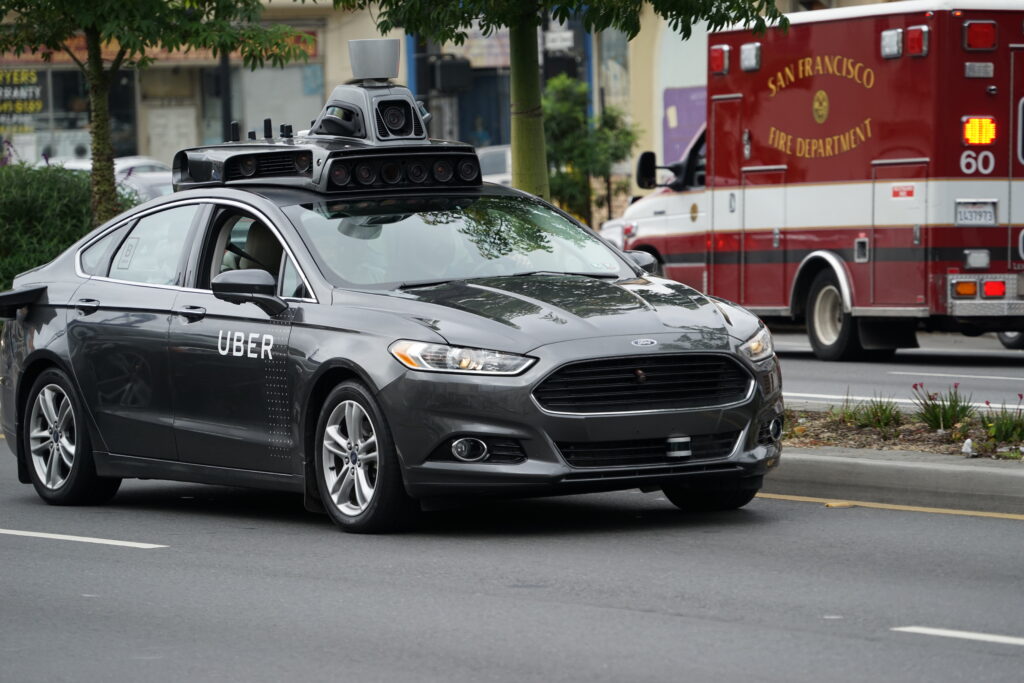
3. **Machine Learning’s Unpredictability (Edge Cases)**At the core of self-driving car intelligence lies machine learning, a powerful but statistical approach struggling with real-world unpredictability. Critics, like roboticist Rodney Brooks, argue driving requires a generalized understanding of the world, which current AI systems lack. This becomes apparent with “edge cases”—unusual circumstances outside trained data sets.
Algorithms are susceptible to biases and adversarial attacks. “If someone places misleading street signs… it could lead to misinterpretations and potentially catastrophic results,” the context notes. This vulnerability means external interference could trick the system. Forbes stated, “none of it so far emulates human thought, logic or instincts to make split-second decisions,” highlighting AI’s limitations.
When an animal darts onto the road, the software often “does not know how to react,” potentially returning control too late. “Continuous learning” faces limits in infinite unique encounters. This inability to adapt intuitively to non-standard situations, coupled with difficulty proving safety, means human-level car intelligence remains a distant prospect.

4. **Inadequate Road Infrastructure**A fundamental challenge for self-driving cars is that existing road infrastructure was not designed for them; it was built for human drivers. Our roads feature conditions posing problems for autonomous systems, from faded lane markings to outdated signage and inconsistent surfaces. For self-driving technology to operate safely, a monumental overhaul is required, presenting a staggering logistical and financial challenge.
Poorly marked lanes, which humans infer, can be ambiguous or invisible to a self-driving car’s sensors. This lack of clarity can lead to incorrect lane keeping or an inability to navigate properly. Similarly, outdated or obscured signage, while decipherable by a human, can be a blind spot for machine vision systems.
The transition necessitates significant investments in upgrading this infrastructure, including clearer markings, modernizing traffic signals, and integrating V2I communication. Without these costly enhancements, self-driving cars will struggle in suboptimal environments. Variable road conditions, like potholes or detours, introduce unpredictable elements. This dependence on a perfectly predictable environment clashes with reality, creating a persistent barrier to truly ubiquitous operation.
Read more about: Navigating the Concrete Jungle: 13 Urban Parking Nightmares for Oversized Rigs – What’s Truly the Worst for Drivers and Our Cities?
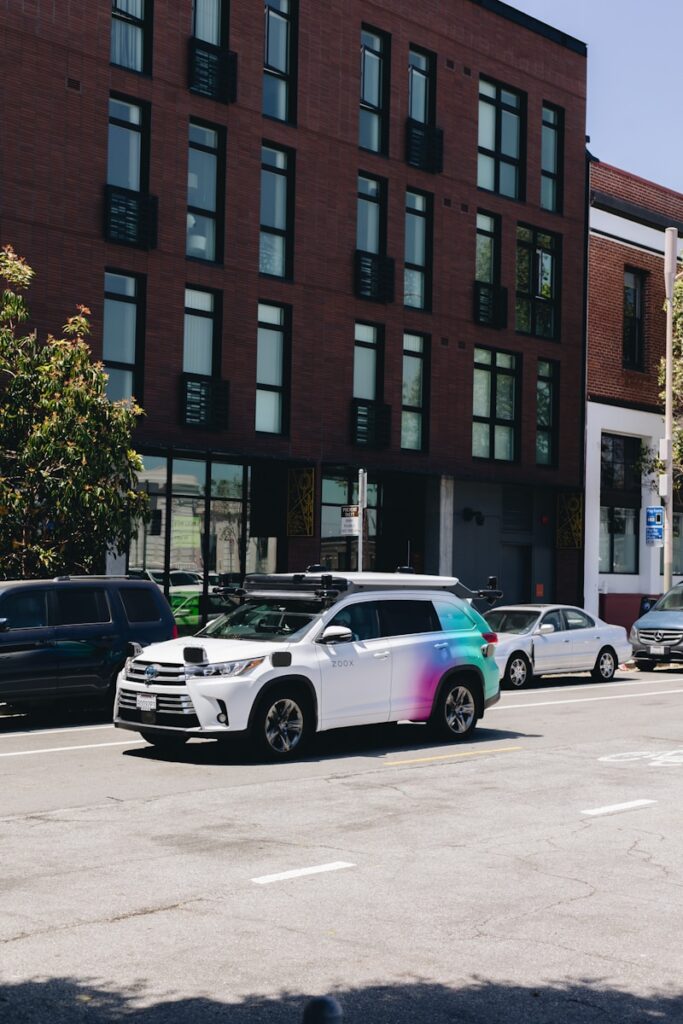
5. **Lack of Comprehensive Regulatory Framework**Even if self-driving car technology became flawless, the absence of a comprehensive, globally harmonized regulatory framework presents a significant barrier to widespread adoption. The regulatory landscape surrounding autonomous vehicles is in its infancy, with governments grappling with how to legislate this emerging technology. This legal vacuum creates uncertainty, hindering investment, deployment, and public acceptance.
One pressing issue is liability in an accident. The current legal system assigns fault to human drivers, but with autonomous vehicles, determining responsibility becomes convoluted. Is the manufacturer to blame for software, or the vehicle owner for maintenance? Until regulations clearly define fault, companies may be unwilling to fully commit to autonomous fleets, fearing litigation.
Furthermore, there is a distinct lack of standardized insurance requirements and safety certifications. Without clear benchmarks, consumer protection agencies and insurers struggle to assess risk. Experts emphasize “new global standards like the ones we have for aviation,” as current approaches are insufficient for safety at scale. This regulatory quagmire means technically capable self-driving cars may remain confined to trials and niche services.
Read more about: When Perfection Cracks: Dissecting 13 Inherent Flaws That Lead to Consumer Product Recalls
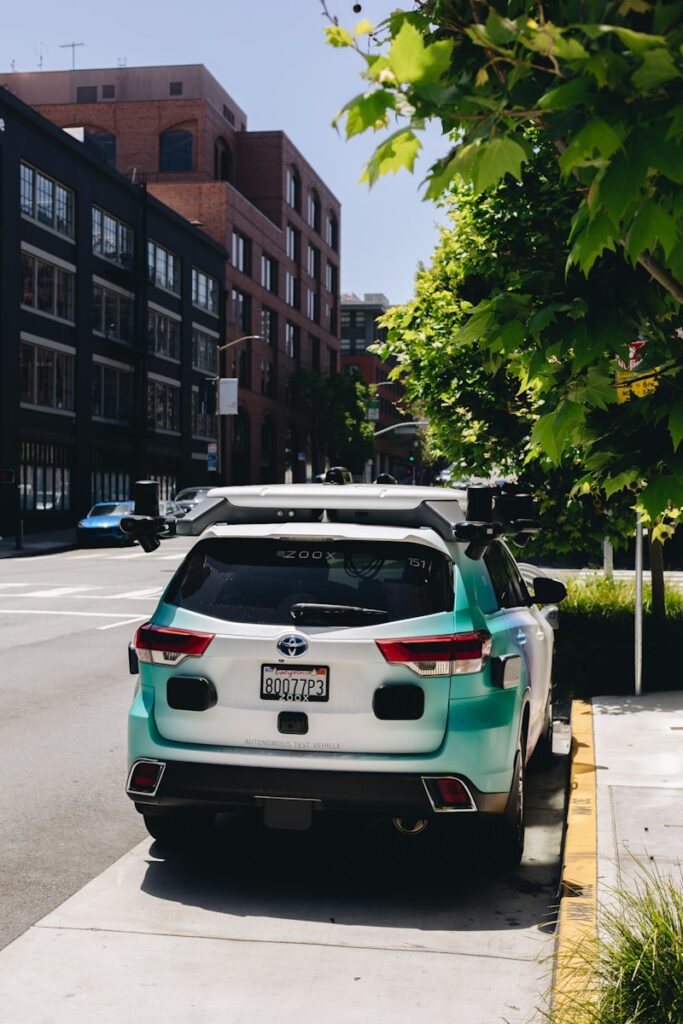
6. **Low Public Trust and Acceptance**Ultimately, the success of any transformative technology hinges on public acceptance and trust, an area where self-driving cars face immense headwinds. Despite promises of enhanced safety, much of the population remains deeply skeptical and fearful of relinquishing control to a machine. This pervasive lack of trust acts as a formidable psychological and cultural barrier to widespread adoption.
A compelling statistic highlights this: “approximately 70% of Americans are afraid of fully self-driving cars, according to a 2024 survey by AAA.” This fear is often fueled by high-profile accidents, like the fatal Ford Mustang Mach-E collision or federal investigations into Tesla’s Autopilot. Each incident reinforces public apprehension, breeding skepticism and eroding confidence in the technology’s reliability.
The idea of “relinquishing control of a vehicle to a machine may represent a troubling loss of agency” for many individuals. Driving symbolizes freedom, independence, and personal control. This cultural attachment to personal vehicles creates significant resistance, particularly among older generations, suggesting widespread public trust may prove elusive. Overcoming this requires a slow, arduous shift in public perception.
Read more about: Taylor Swift’s Unstoppable Reign: Tracing Her Journey from Country Prodigy to Global Pop Phenomenon and Cultural Powerhouse
7. **Unpredictable Human Drivers**Even as self-driving cars strive for perfection, they must navigate a chaotic reality populated by unpredictable human drivers. Autonomous vehicles operate within a mixed environment, sharing roads with millions of human-operated vehicles. This fundamental incompatibility presents a complex and persistent safety challenge, as human behavior remains inherently unpredictable for machines.
Human drivers often exhibit behavior difficult for algorithms to anticipate or react to, including “inconsistent compliance with traffic laws” or erratic maneuvers. Phenomena like “road rage incidents” or errors due to distraction can lead to dangerous situations that autonomous vehicles might not handle appropriately. Their reliance on strict rules and data-driven predictions leaves them vulnerable.
Automakers test on closed tracks, but real-world testing comes at a high price, often resulting in crashes and federal investigations when autonomous systems encounter unexpected human actions. The “best conclusion for now seems to be that the safety advantages of self-driving cars are aspirational but have not been proven,” particularly in mixed traffic. Until autonomous systems can anticipate and safely mitigate the wide spectrum of human error, their integration remains a perilous undertaking.
Read more about: Unpacking Automotive Nightmares: The 14 Most Monumental and Costly Car Recalls in History
8. **Job Losses and Workforce Disruption**The economic ramifications of widespread self-driving car adoption represent one of the most significant and often overlooked barriers to their integration. The promise of automation inherently means a drastic reduction in the need for human labor across various transportation sectors. Trucking, taxi services, and public transit are all industries poised for profound disruption, with estimates suggesting massive job losses that could reshape the employment landscape. This isn’t just an abstract economic shift; it’s a direct threat to the livelihoods of millions.
This potential for widespread unemployment sparks urgent ethical concerns, as policymakers grapple with the societal cost of such a transition. Labor unions and affected workers are expected to mount considerable opposition, complicating legislative efforts and public acceptance. The sheer scale of job displacement could lead to significant social unrest and economic instability, creating a powerful resistance movement against the rapid deployment of autonomous fleets.
The context explicitly notes, “The shift to AVs is expected to disrupt employment and sectors such as public transport, taxi and delivery services, potentially resulting in job losses for workers in these industries.” This disruption disproportionately impacts individuals with lower education levels and fewer transferable skills, further exacerbating existing inequalities. Such a scenario demands robust, proactive measures like comprehensive retraining programs to facilitate a smoother transition for displaced workers into new employment opportunities, a challenge that is immense in scope and complexity.
Read more about: 11 Essential Strategies for Small Businesses to Fortify Defenses Against Major Cyberattacks
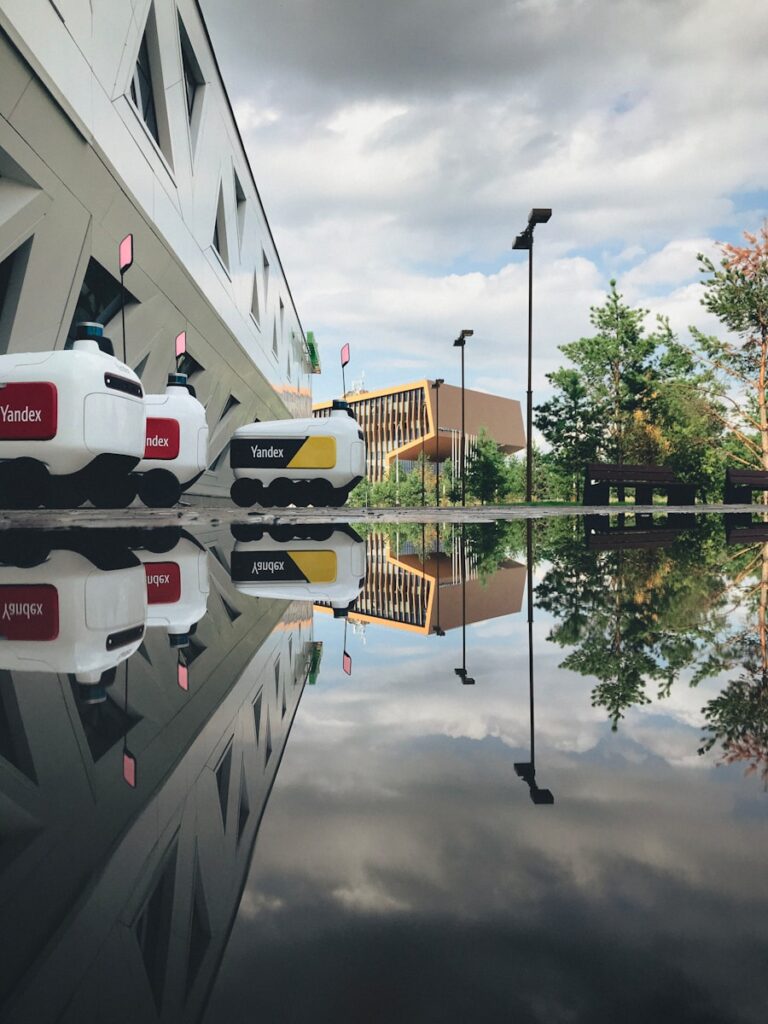
9. **Escalating Development and Production Costs**The journey from concept to widespread reality for self-driving cars is paved with immense financial obstacles. The initial investment required for the rigorous research, development, testing, and eventual implementation of autonomous vehicle technology remains daunting. This isn’t merely about creating functional prototypes; it involves building systems robust enough for diverse real-world conditions, a process that demands colossal capital outlays from manufacturers and tech companies alike.
Vehicle manufacturers face immense pressure to innovate at the cutting edge while simultaneously ensuring their technology is cost-effective enough to be commercially viable. This dual challenge often results in a slower pace of development than initially projected, as companies struggle to reconcile technological ambition with financial prudence. The sheer expense of sophisticated sensor arrays, powerful computing hardware, and advanced software algorithms pushes the retail price of these vehicles far beyond the reach of the average consumer.
Furthermore, scaling production from limited test fleets to mass market availability presents another formidable hurdle. “Mass-producing fully autonomous vehicles while ensuring their safety and reliability requires exceptional attention to detail and robust supply chain management,” the context points out. Issues such as material shortages, unforeseen production delays, and persistent cost overruns can severely halt or delay large-scale manufacturing, making the financial viability of ubiquitous self-driving cars questionable in the short to medium term.
Read more about: The ’70s Riddle: Unpacking 14 Global Disruptions That Halted Imports at Ports of Entry
10. **Complex Insurance and Liability Framework**One of the most profound and persistent legal quandaries surrounding autonomous vehicles revolves around the issue of insurance and liability in the event of an accident. The current legal and insurance models are deeply rooted in the premise of human drivers being responsible for their actions behind the wheel. In a future dominated by self-driving cars, determining fault becomes extraordinarily convoluted, presenting a formidable challenge that risks stymieing progress in the industry.
Consider a collision involving an autonomous vehicle: who bears the blame? Is it the manufacturer, for a potential software glitch? The component supplier, for a faulty sensor? The fleet operator, for inadequate maintenance? Or, in some hybrid systems, the human occupant for failing to intervene? “Determining fault in accidents involving autonomous vehicles presents a formidable challenge,” states the context, underscoring the lack of clear precedents or established legal frameworks for assigning responsibility in a machine-driven incident.
This ambiguity creates an unacceptable level of risk for insurance companies, who require clear actuarial models to price policies. Without clarity on liability, the industry faces an unquantifiable exposure, making it hesitant to fully embrace autonomous vehicle coverage. Until governments and legal systems can establish comprehensive, standardized frameworks that explicitly define fault and responsibility, the insurance industry’s reluctance will continue to be a significant economic barrier, effectively delaying the widespread deployment and commercialization of autonomous fleets.
Read more about: Decoding Mexico’s Financial Backbone: A Deep Dive into the NIF for Savvy Professionals
11. **Severe Privacy and Security Risks**In an increasingly connected world, the security and privacy implications of self-driving cars are critically overlooked yet potentially catastrophic. Autonomous vehicles are essentially computers on wheels, heavily reliant on complex software and extensive wireless connectivity. This inherent reliance creates numerous additional entry points for outside threats, making them significantly more susceptible to hacking than traditional cars. A breach could lead to malevolent actors controlling vehicles, causing widespread chaos or targeted harm.
The context highlights this vulnerability, stating, “Self-driving machines bring more security liabilities because they rely on software and more complex technologies.” The possibility of malware infiltrating these systems, or even an external entity commandeering a vehicle, poses an existential threat to public safety and national security. The physical dangers posed by hacked cars are far greater than those of a typical data breach, demanding an entirely new standard of cybersecurity that has yet to be proven.
Beyond mechanical control, the privacy implications are equally alarming. Autonomous vehicles are “fitted with cameras, microphones, and sophisticated sensors” designed to collect vast amounts of data about their operation and, crucially, the behavior and movements of their occupants. This constant stream of information raises significant flags among privacy advocates.
The collection, storage, and sharing of such granular data present immense risks. In the wrong hands, or through a security lapse, this information could be used for mass surveillance, identity theft, or even as a “treasure trove of intelligence that could be used for everything from mass surveillance to war planning” by foreign adversaries, as Fortune noted. Until robust, transparent, and legally binding frameworks are in place to safeguard this sensitive data, public trust will remain severely eroded, limiting widespread acceptance.
Read more about: Beyond the Hashtag: 12 Crucial Things Psychologists Say You Should Always Keep Private for Your Well-being
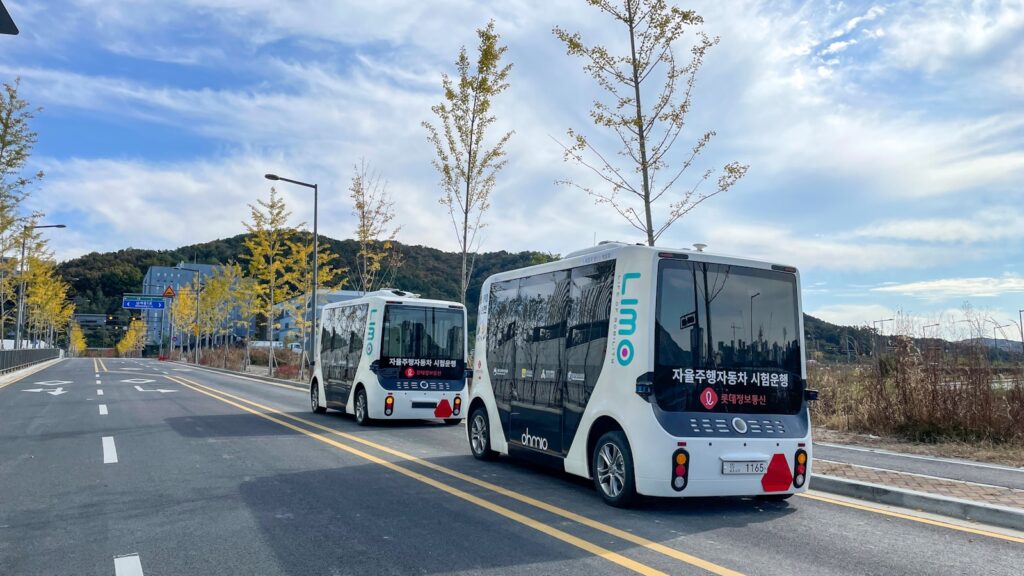
12. **Loss of Human Agency and Cultural Attachment to Driving**Beyond the technical and economic hurdles, deep-seated psychological and cultural barriers pose a formidable challenge to the widespread acceptance of self-driving cars. For many individuals, “relinquishing control of a vehicle to a machine may represent a troubling loss of agency.” Driving is not merely a utilitarian task; it is an integral part of human freedom, independence, and personal control. This emotional connection to the act of driving creates significant resistance to automation.
Automobiles, throughout much of the modern era, have symbolized freedom, individuality, and personal mobility. This profound “cultural attachment to personal vehicles” runs deep, particularly in societies where car ownership is intertwined with personal identity and aspiration. The idea of surrendering this autonomy to an algorithm, regardless of any purported safety benefits, clashes with deeply ingrained cultural values and psychological needs for mastery and control.
This resistance is particularly evident across generational divides. While younger individuals, who have grown up in a digital world, might be more amenable to embracing self-driving technology, older generations often possess a strong sense of independence tied to their driving experience. This generational perspective introduces an added layer of complexity, suggesting that a universal embrace of driverless cars may be a decades-long cultural shift rather than a rapid technological adoption.
Read more about: Unpacking ‘Beloved’: An In-Depth Journey Through Toni Morrison’s Pulitzer-Winning Masterpiece, Exploring Its Enduring Characters and Profound Themes
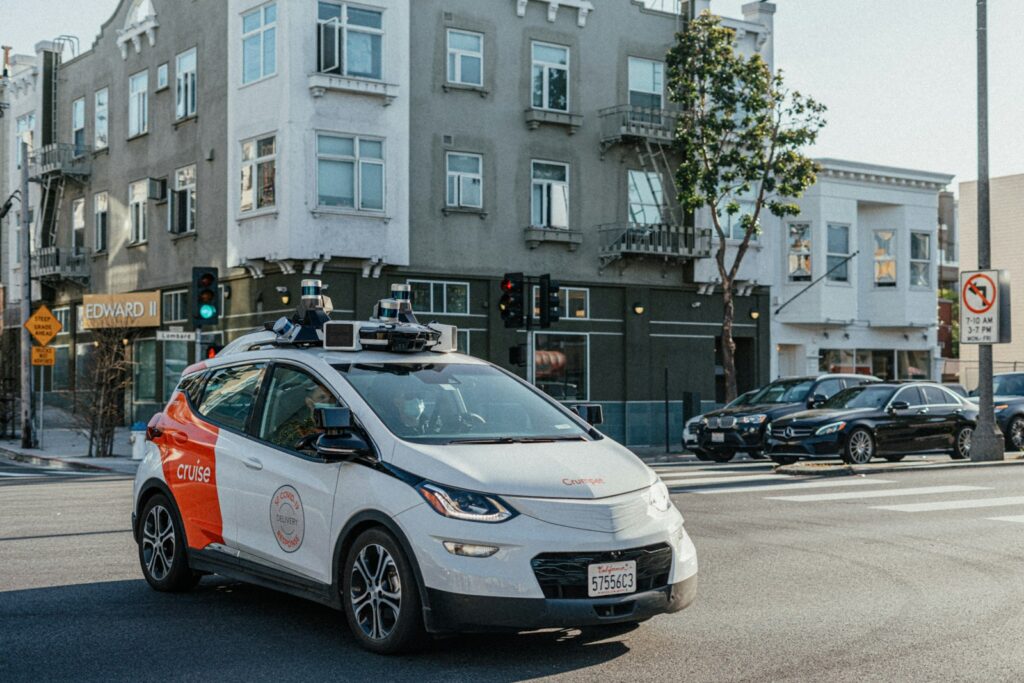
13. **Addressing Inequality and Accessibility Issues**While proponents often tout the potential for self-driving cars to enhance accessibility for disabled and elderly individuals, the reality of their potential integration could paradoxically deepen existing socioeconomic inequities. If autonomous vehicles, particularly those equipped with advanced accessibility features like wheelchair ramps, remain prohibitively expensive, they risk becoming a luxury service predominantly available to the affluent. This scenario could leave marginalized communities further behind, creating a two-tiered transportation system.
The context highlights this critical concern: “The capacity to access autonomous vehicles may deepen existing inequities. If self-driving cars become predominantly available to wealthy individuals, marginalized communities may be left without access to this technology.” This failure to prioritize inclusivity could intensify societal divides, transforming a promised solution into a new form of exclusion. The initial high costs of autonomous vehicle technology underscore this risk, potentially widening the socioeconomic gap rather than bridging it.
Ensuring equal access to transportation options is paramount for social equity. Without deliberate policy interventions and robust public investment, the transformative benefits of autonomous mobility might bypass those who stand to gain the most, such as individuals with disabilities or those in underserved areas. The question becomes not just if the technology *can* provide accessibility, but whether society *will* ensure it is truly equitable and available to all, a challenge that requires conscious societal choices.
Read more about: The Wealthy’s Secret: Unpacking How Trusts Shield Fortunes from Probate and Preserve Financial Privacy

14. **Potential for Increased Congestion and Environmental Harm**Perhaps the most counter-intuitive yet concerning ‘bear case’ against self-driving cars is the possibility that they could, ironically, worsen urban traffic congestion and increase overall environmental impact. While initially touted as a solution to traffic woes, a future dominated by autonomous vehicles might lead to an unintended surge in vehicle miles traveled, exacerbating problems rather than alleviating them.
This phenomenon, known as “induced demand,” suggests that the convenience and ease of autonomous travel could encourage more people to use individual cars instead of public transportation. “Sprawl would continue to grow as people seek more affordable housing in the suburbs or the countryside, since they’ll be able to work or sleep in the car on their commute,” the context illustrates, leading to longer commutes and more vehicles on the road, even if they’re moving more efficiently.
Furthermore, while many autonomous vehicles are envisioned as electric, the heavy computational needs of their sophisticated systems present an environmental trade-off. “Powering the heavy computational needs for a large number of devices — from cameras and radars to different sensors and the engine itself — requires great amounts of energy,” notes Earth.org. This significant energy consumption mitigates some of the potential environmental benefits of electric propulsion, casting a shadow over their overall green credentials.
It would indeed be a cruel twist of fate if self-driving cars, while potentially saving lives on the road, inadvertently contributed to greater traffic gridlock and intensified climate catastrophe. This outcome, shaped by market forces and individual choices, could lead to “more vehicles, more driving and a slow transition to electric cars,” as Dan Sperling, director of the UC Davis Institute of Transportation Studies, warns. Such unintended consequences underscore the complex interplay between technology and societal behavior, suggesting that the dream of fully autonomous vehicles clashes with the practical realities of today’s world in more ways than anticipated.
Read more about: Unlock Your Savings: 13 Simple Lifehacks to Boost Your Car’s MPG and Cut Fuel Costs by 15%
Ultimately, while the promise of self-driving cars presents a scintillating vision of the future, a myriad of challenges remains that could thwart its realization on a grand scale. From technological and regulatory hurdles to profound economic, ethical, social, and psychological considerations, the road to widespread adoption is fraught with obstacles. This extensive exploration reveals why the “Holy Grail of autonomy” remains an elusive target, suggesting that self-driving cars may prove to be a niche market rather than a mainstream solution, finding their place in specific applications—such as rural deliveries or specialized fleet services—rather than replacing personal vehicles entirely. Until a comprehensive set of these formidable challenges is effectively addressed, the future of truly ubiquitous autonomous vehicles continues to look uncertain.

